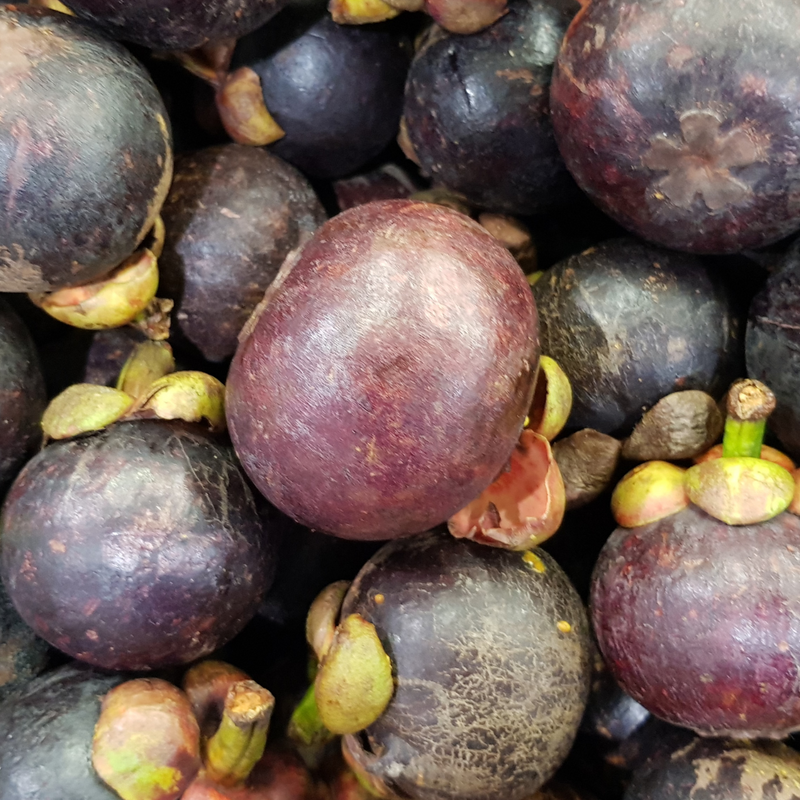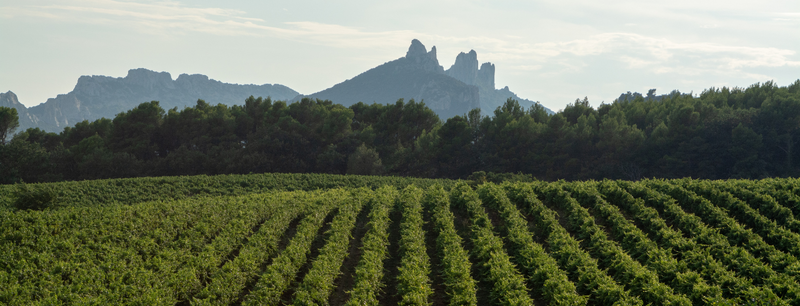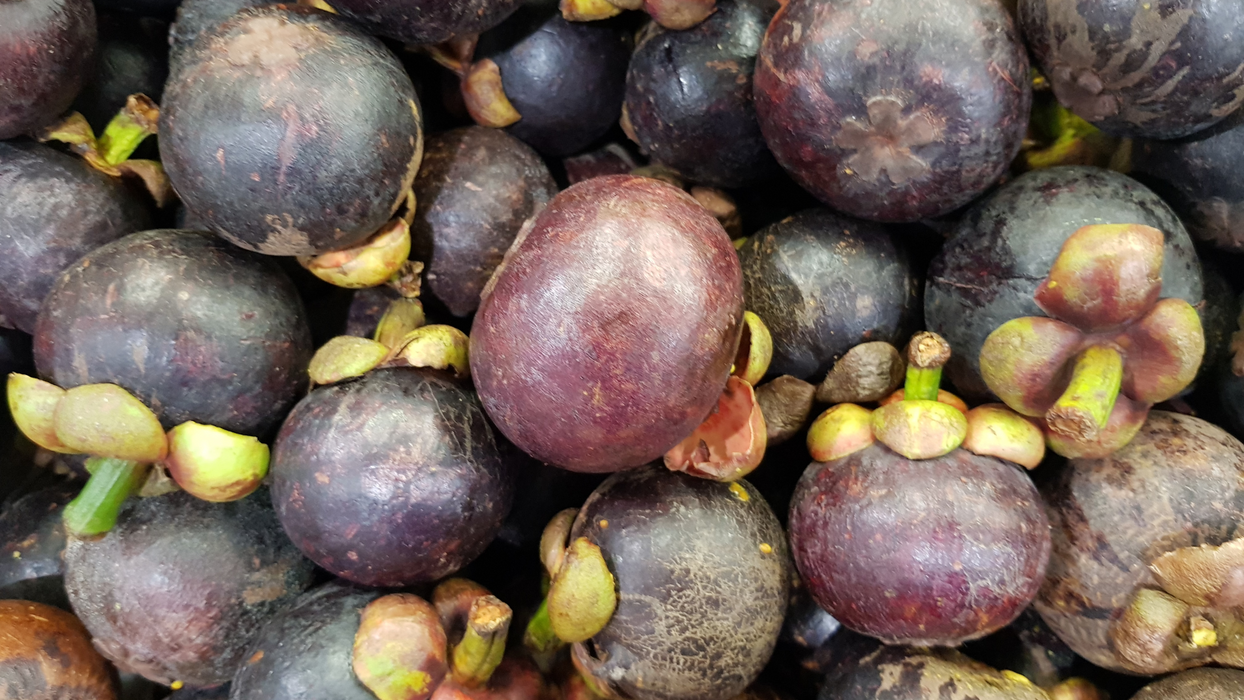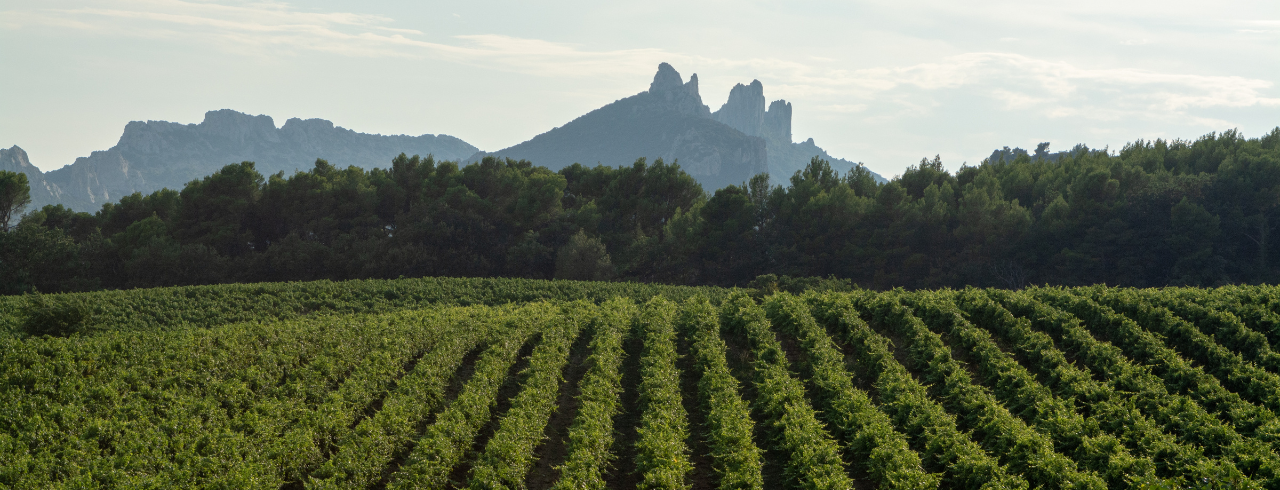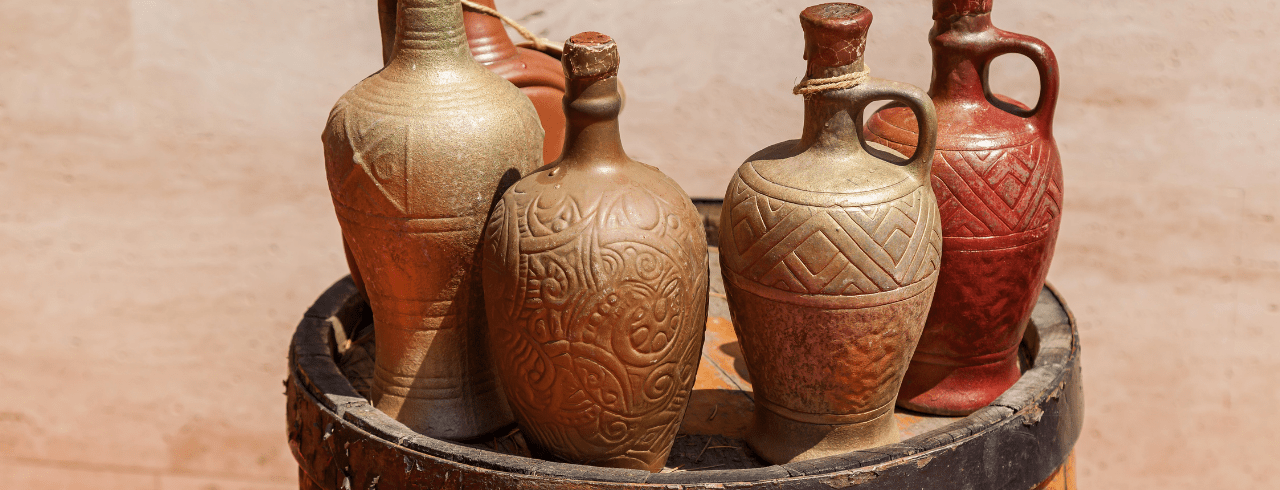
The Origins of Wine
In modern times, we categorize our wine into “Old World” regions, like France, Italy, and Spain, or “New World” ones, like New Zealand, Australia, and Argentina.
Using these geographical labels, we separate the traditional vino of Europe from the upstart varietals and blends of newer wine countries, attributing historical influence to the former and contemporary innovation to the latter.
The historical truth, however, is more complicated.
Just like New World wine owes a great deal of credit to its Old World counterparts, Old World vino owes its remarkable success to the ancient wines that preceded it.
To help you better understand the journey of wine from inception to the Old World, let’s travel back in time and explore the historical regions and cultures that created winemaking in our Guide to the Origins of Wine:
Fateful Beginnings
While the actual birth of wine is difficult to state with certainty, most experts agree it occurred around 6000-4000 BC (primarily during the “Stone Age”) in an area including modern-day Iran, Armenia, Turkey and Georgia.
Evidence for this approximation includes archaeological discoveries of ancient wineries, winemaking tools and pieces of art depicting wine found in the region.
Here, the ancient civilization of the Shulaveri-Shomu, a people residing in modern-day Georgia, developed the world’s first documented, domesticated grapes for viniculture in the 6th millennium BC (6000-5000 BC).
Using traditional grape varieties native to their region, the Shulaveri-Shomu created vineyards, winemaking techniques and vinicultural tools that raised the quality and quantity of their wine production.
Progress would be slow, but as these early drinking wines grew in popularity throughout the region, future wine enthusiasts sought to try their hand at viniculture.
This would lead to the creation of the world’s first official winery in the 5th millennium BC in modern-day Armenia, where locals still produce vino to this day.
It would also foster the use of primitive wine “bottles,” often made from clay and sealed with resin, which allowed winemakers to store wine for longer and transport it further.
Wine Insiders Tip: If the history of wine fascinates you, check out our Old Vine Wine Guide, an exploration of the world’s oldest active grapevines and the excellent vino they yield.
European Expansion
After the Stone Age, viniculture significantly impacted greater European culture in a period that genuinely brought wine to the world.
Thanks to the ancient Greeks and Phoenicians in the 2nd millennium BC, wine and winemaking spread West from its home regions toward the burgeoning civilizations and fertile growing areas of Mediterranean Europe.
This expansion introduced grape wine and the blossoming wine industry to the legendary Roman Empire, a civilization with an unparalleled economy and a cultural knack for innovation.
As they did with many of the engineering, technological and political challenges of the day, the Romans revolutionized viniculture like never before.
From ~1000 BC, Rome dedicated significant funding and labor to the wine industry, leading to a meteoric rise in the quantity, quality and international desirability of their wine.
With their seemingly limitless supply of land across modern-day Italy, Germany, France, Spain, Portugal and more, the Roman wine industry offered unprecedented levels of vinicultural diversity and the economic prowess to make their bottles affordable to the masses.
Using unprecedented irrigation, fertilization and storage techniques (including the first glass wine bottle), they would even overtake the Greeks, the civilization who originally introduced them to wine, to become the continent’s top supplier of vino.
Old World Dominance
While the enormous Roman Empire would eventually fall in 395 AD, the wide-ranging impact of its wine would last for centuries.
Thanks to Rome’s production of vino in areas like modern-day France, Spain and Portugal, locals in these regions developed a taste for high-quality wine that the empire could no longer fill.
As a result, vineyards and wineries sprouted up all across the continent, initially utilizing Roman growing, storage and distribution techniques to take advantage of a ravenous consumer base.
Despite their more limited wine backgrounds and extensive competition from the influential Catholic Church, Southern European regions began to produce mass quantities of vino for exportation to Northern Europe and burgeoning settlements in the “New World.”
Soon after, Northern Europeans in Germany and Austria learned to make beloved cool-climate wines, transforming their regions into hubs of unique varietals and blends with distinct personalities and substantial demand.
Over time, each of these European wine countries further developed their own methods of making wine, taking advantage of critical differences in climate, terrain and local culture that shaped the personality of their vino.
It would be these divergent vinicultures that separated Old World growing areas from one another, giving each the power to claim their share of an ever-growing wine market.
All told, Old World wine unequivocally dominated the wine market from the fall of the Romans in the 4th Century all the way to the establishment of New World competition in North America, South America, Asia, and Oceania in recent centuries.
Even today, European powerhouses like Italy, France, and Spain account for a sizeable share of the world’s wine production, proving that tradition, passion, and quality can survive the wrath of time.
Wine Insiders: Your Home for International Wine
Now that you better understand the complex early history of wine, it’s time to explore Wine Insider’s diverse collection of fantastic varietals and blends from across the globe:
Whether you’re searching for a crisp, refreshing white from Australia, a bold, flavorful red from Italy, or a celebratory bottle of Champagne, we have the vino you need to taste the world in your glass.
If you’re planning an event or hoping to quickly boost your collection, we also offer an expansive range of 6 and 12-bottle wine sets, including our expert-curated collections from Martha Stewart, Ludo Lefebvre, and Geoffrey Zakarian.
For more information about wine regions, varietals, and more - check out our full library of Wine 101 Guides!
